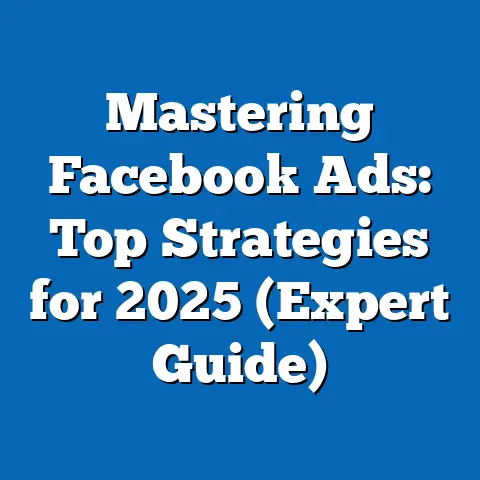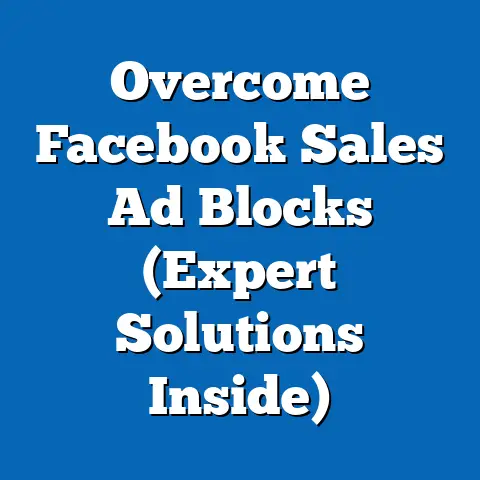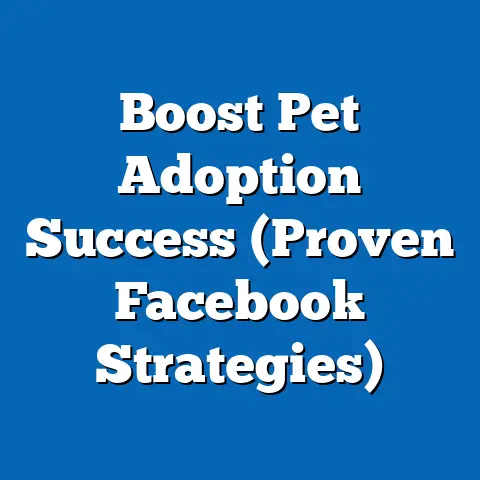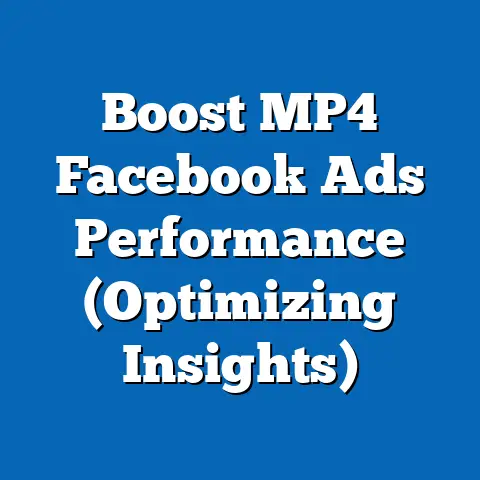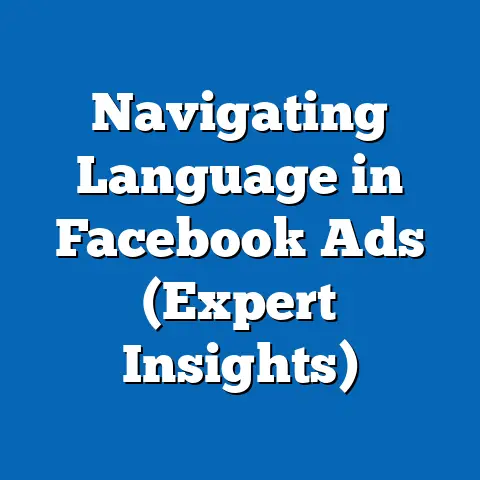Maximize Facebook Ads Performance (Timing Secrets Unveiled)
Have you ever felt like your Facebook ads were shouting into a void? I remember when I first started running ads for a local bakery, I was so excited about the delicious cupcakes we were promoting. I poured my heart into the ad copy, chose the most mouth-watering photos, and meticulously targeted local foodies. I launched the campaign with a flourish, only to be met with…crickets. Minimal engagement, zero sales. It was disheartening.
Then, a seasoned marketing friend took a look at my campaign. “Timing,” she said, pointing to the ad schedule. “You’re running these ads at 8 AM on a Tuesday. Everyone’s at work!” It was such a simple, yet crucial, oversight. I adjusted the schedule to target lunch breaks and evenings, and suddenly, the campaign sprang to life. Orders started pouring in, and the bakery saw a noticeable boost in sales. That experience taught me a valuable lesson: timing isn’t just a factor in Facebook ad success; it’s the factor that can turn a flop into a triumph.
Understanding the Importance of Timing
Imagine trying to sell ice cream during a blizzard. No matter how delicious your ice cream is, or how cleverly crafted your sales pitch, the timing is simply off. The same principle applies to Facebook ads. If you’re showing your ads when your target audience is least receptive, you’re essentially wasting your budget.
Timing is critical because it directly impacts ad visibility, engagement, and ultimately, conversions. Think about it: someone scrolling through Facebook during their lunch break is far more likely to engage with an ad for a local restaurant than someone frantically checking their notifications between meetings. Similarly, an ad for back-to-school supplies will resonate much more strongly in August than in January.
According to a study by HubSpot, the best times to post on Facebook for maximum engagement are between 1 PM and 3 PM on weekdays and Saturdays. While this provides a general guideline, keep in mind that your ideal timing will depend on your specific audience.
Consider this: a clothing brand targeting Gen Z might find that their audience is most active on Facebook in the late evenings, while a financial services company targeting retirees might see better results during daytime hours. Understanding these nuances is key to maximizing your ad spend and achieving your marketing goals.
Analyzing Audience Insights
Facebook Ads Manager isn’t just a platform for creating ads; it’s a treasure trove of data about your target audience. The “Audience Insights” tool, while less prominent than it once was, still provides valuable clues about your audience’s online behavior. While Facebook has tightened privacy restrictions, the aggregate data available can still inform your timing strategy.
To access this kind of data, I often start by creating a saved audience within Ads Manager. Even without detailed demographic information, I can start to build a profile based on interests, behaviors, and demographics. Then, I look for patterns. When are people who like my page most active? Which days see the highest engagement on my organic posts? These insights, combined with a healthy dose of experimentation, start to paint a picture of the ideal timing for my ads.
For example, I once worked with a fitness studio targeting young professionals. Initially, we assumed that evenings would be the best time to run ads promoting workout classes. However, after analyzing the data, we discovered that many of our target customers were also active on Facebook during their commute to work in the mornings. By adjusting our ad schedule to include morning hours, we saw a significant increase in class bookings.
Remember, the key is to be curious and data-driven. Don’t just assume you know your audience’s habits; use the tools available to you to uncover the truth.
Peak Times vs. Off-Peak Times
The digital landscape is constantly shifting, with peak and off-peak times fluctuating based on a myriad of factors. Generally speaking, weekdays tend to see higher engagement than weekends, with midday hours often outperforming early mornings and late nights. However, these are just broad strokes.
Let’s consider the impact of time zones. If you’re targeting a national audience, you need to account for the fact that it’s lunchtime in New York while it’s still morning in California. Scheduling your ads to align with different time zones can significantly improve their performance.
Holidays and events also play a crucial role. During major holidays like Black Friday or Cyber Monday, online activity surges, creating a highly competitive advertising environment. While this can be a great opportunity to reach a large audience, it also means that ad costs tend to be higher.
Off-peak times, on the other hand, can offer a less crowded and more cost-effective advertising landscape. For instance, running ads in the early morning hours might allow you to reach a niche audience who are active before the workday begins.
I once ran a campaign for a bookstore targeting avid readers. Instead of competing for attention during peak hours, we decided to experiment with running ads late at night when many people were winding down with a book. To our surprise, we saw a significant increase in click-through rates and conversions. This taught me that sometimes, the best timing strategy is to go against the grain.
Testing and Optimization Strategies
There’s no one-size-fits-all answer to the question of optimal ad timing. What works for one business might not work for another. That’s why A/B testing is so crucial. A/B testing, also known as split testing, involves creating two or more versions of your ad and running them simultaneously to see which performs better. In the context of timing, this means testing different ad schedules to determine which times of day and days of the week yield the best results.
Here’s a step-by-step guide on how to set up an A/B test for ad timing:
- Create Multiple Ad Sets: Within your Facebook ad campaign, create multiple ad sets, each targeting the same audience but with different ad schedules. For example, one ad set might run ads between 9 AM and 12 PM, while another runs ads between 6 PM and 9 PM.
- Use the Same Creative: Ensure that all ad sets use the same ad creative (images, videos, and copy) to isolate the impact of timing.
- Set a Clear Budget: Allocate a budget to each ad set that is sufficient to gather meaningful data.
- Monitor Performance: Track key metrics such as impressions, reach, click-through rate (CTR), and conversion rate for each ad set.
- Analyze Results: After a week or two, analyze the data to determine which ad schedule performed best.
- Optimize Accordingly: Based on your findings, adjust your ad schedule to focus on the times that yielded the best results.
Remember, testing is an ongoing process. As your business evolves and your audience changes, you’ll need to continue experimenting with different timing strategies to stay ahead of the curve.
I’ve personally seen campaigns transformed by simply tweaking the timing based on A/B test results. Once, a travel agency struggled to get traction with their ads promoting last-minute vacation deals. After running A/B tests, we discovered that their target audience was most receptive to these ads on Friday afternoons, when they were likely daydreaming about escaping the daily grind. By shifting our ad schedule to focus on this specific time, we saw a dramatic increase in bookings.
Leveraging Facebook Tools for Timing Optimization
Facebook offers a range of tools and features that can help you automate and optimize your ad timing. One of the most useful is the “Scheduled Ads” feature, which allows you to specify the exact days and times you want your ads to run. This is particularly helpful if you have a clear understanding of your audience’s online behavior.
Another powerful tool is “Campaign Budget Optimization” (CBO). With CBO, Facebook automatically distributes your budget across your ad sets based on performance. This means that if one ad set with a specific timing strategy is performing better than others, Facebook will allocate more of your budget to that ad set.
Automated rules can also be used to optimize ad timing. For example, you can set up a rule that automatically pauses your ads during off-peak hours or increases your budget during peak hours.
I once used automated rules to manage a campaign for an e-commerce store selling personalized gifts. We noticed that our ads were performing exceptionally well on weekends, but poorly during the week. To capitalize on this trend, we set up an automated rule that automatically increased our budget on Saturdays and Sundays and decreased it during the week. This simple adjustment resulted in a significant boost in sales and ROI.
By combining these tools and features, you can create a sophisticated timing strategy that maximizes your ad performance and helps you achieve your marketing goals.
Conclusion
Timing is more than just a detail; it’s the unsung hero of successful Facebook ad campaigns. Understanding when your audience is most receptive, leveraging the data available in Facebook Ads Manager, and continuously testing and optimizing your timing strategy can make all the difference.
Remember the bakery story I shared at the beginning? It’s a testament to the power of timing. By simply shifting our ad schedule, we transformed a failing campaign into a roaring success.
I encourage you to take the insights and strategies I’ve shared in this article and start experimenting with your own ad timing. Don’t be afraid to challenge conventional wisdom and try new things. The digital landscape is constantly evolving, and the only way to stay ahead of the curve is to be curious, data-driven, and willing to adapt.
So, go forth and conquer the world of Facebook ads, one perfectly timed campaign at a time! Your audience is waiting; you just need to reach them at the right moment.

